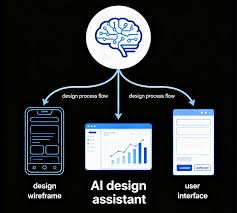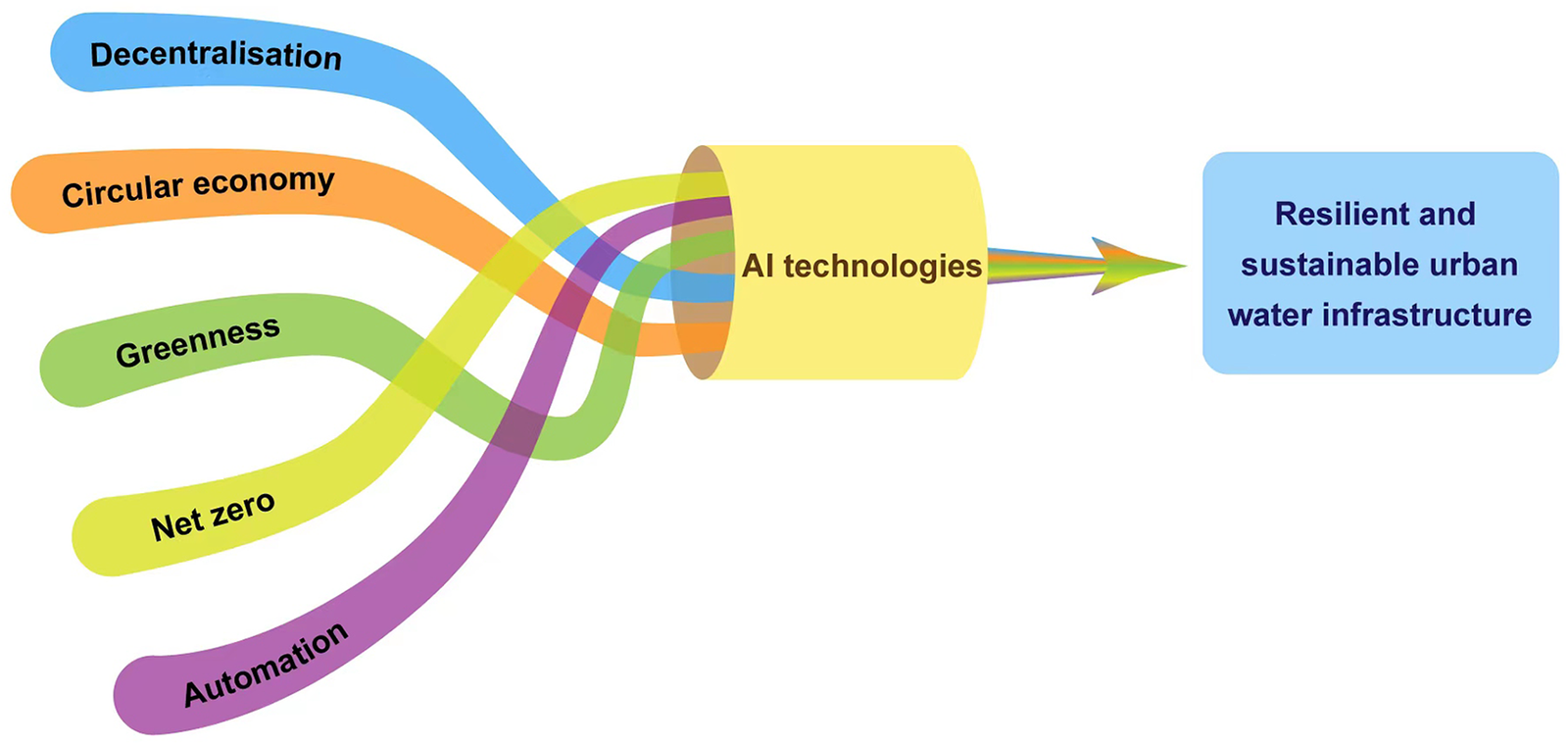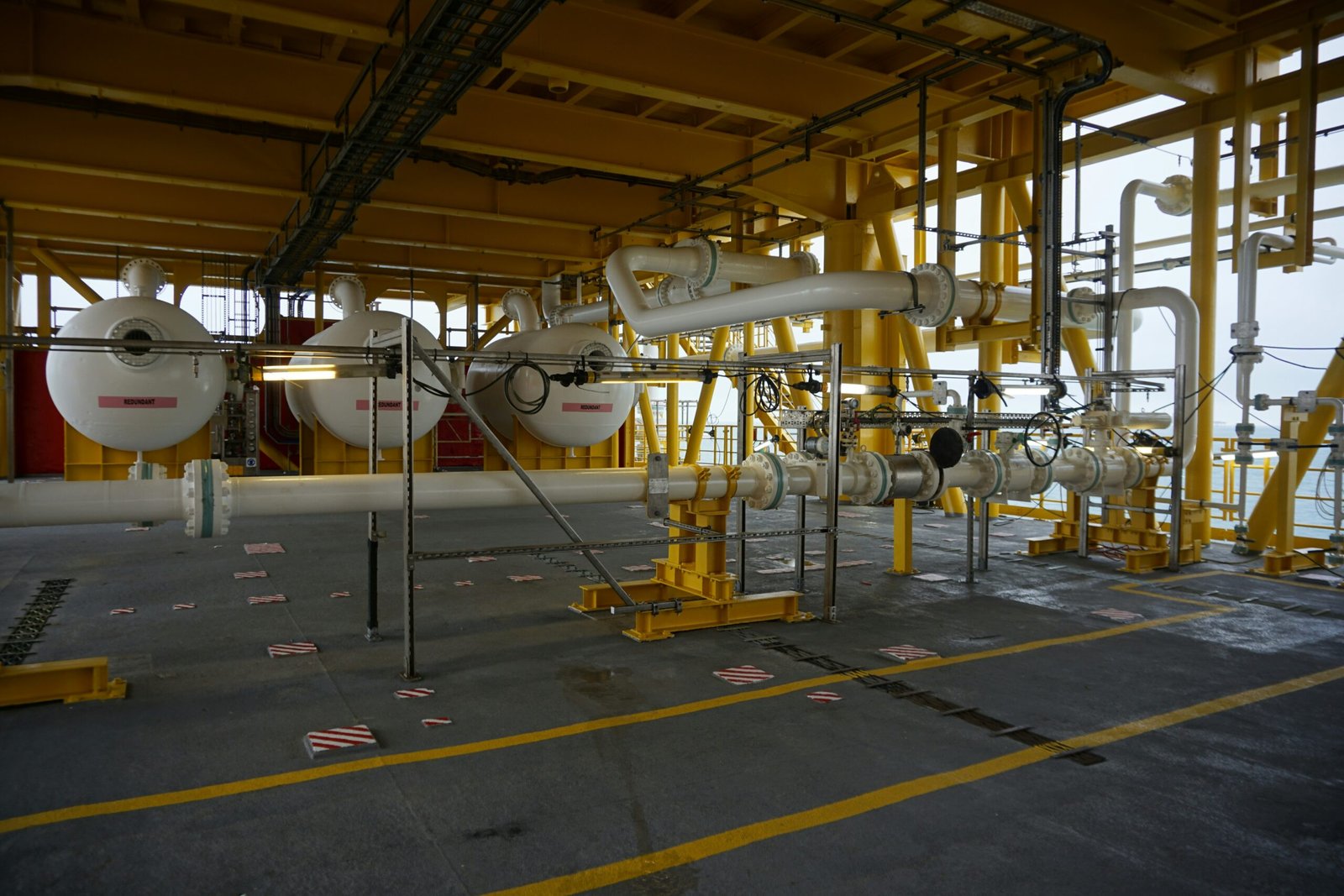Understanding Generative AI and Its Functionality
Generative AI represents a significant advancement in artificial intelligence, characterized by its ability to generate new content and solutions by learning from existing data. Unlike traditional AI, which primarily focuses on classification or prediction based on pre-set rules, generative AI creates novel outputs—be it images, designs, or even process flows—by leveraging powerful algorithms. This fundamental shift enables organizations to enhance creativity and innovation across various sectors.
At the core of generative AI are neural networks, particularly deep learning architectures. These networks are designed to recognize complex patterns within large datasets, allowing the system to learn and adapt over time. Generative Adversarial Networks (GANs) and Variational Autoencoders (VAEs) are two prominent types of deep learning models. GANs consist of two networks—a generator and a discriminator—that compete against each other to produce increasingly realistic outputs. Meanwhile, VAEs focus on learning the distribution of the data to produce diverse yet coherent content. Both methods empower designers and engineers to explore a plethora of possibilities and optimize process flows effectively.
Generative AI finds its application in various domains, facilitating design generation, optimization of existing processes, and informed decision-making. In process flow design, for example, generative AI can analyze historical data and produce optimized workflows that reduce inefficiencies while accommodating changing operational conditions. By simulating different scenarios and outcomes, organizations can identify the most effective solutions for complex problems. This innovative approach to process design not only saves time and resources but also enhances the quality and effectiveness of the final outputs.
Applications of Generative AI in Process Flow Design
Generative AI has emerged as a transformative tool in various industries, particularly in the realm of process flow design. The application of this innovative technology streamlines operations, enhances efficiency, and facilitates innovation across sectors such as manufacturing, logistics, and software development. By utilizing generative AI, organizations can create optimized process flows that adapt to dynamic business environments, ensuring they remain competitive.
In the manufacturing sector, generative AI assists in designing efficient production workflows by analyzing vast amounts of data and generating optimal configurations. For instance, companies are increasingly using AI-generated simulations to evaluate different manufacturing scenarios, allowing them to identify the most effective process layouts. This not only reduces waste but also shortens production time, leading to significant cost savings and increased productivity.
Logistics is another area benefitting from generative AI’s capabilities. Companies are leveraging AI tools to redesign supply chain processes that account for real-time variables such as demand fluctuations and transportation delays. This adaptive approach enables businesses to create agile systems that can efficiently reroute shipments, leading to improved delivery times and reduced operational costs. Numerous logistics firms have reported enhanced client satisfaction due to increased reliability and speed achieved through generative AI solutions.
In the realm of software development, generative AI reorganizes workflow processes by automating repetitive tasks and optimizing resource allocation. Developers are able to harness AI-generated insights for better project management and task assignment, which leads to improved collaboration and faster software delivery timelines. Case studies showcase firms that successfully implemented generative AI and achieved notable enhancements in both productivity and quality of deliverables.
The integration of generative AI into process flow design not only taps into its computational power but also fosters a culture of continuous innovation in various industries. As organizations recognize the potential of this groundbreaking technology, the opportunities for enhanced operational efficiencies seem limitless.
Benefits and Challenges of Integrating Generative AI into Design Processes
The integration of Generative AI into process flow design offers a multitude of benefits that significantly enhance operational efficiency and foster innovation. One primary advantage is the increase in efficiency; Generative AI can rapidly generate numerous design alternatives, allowing teams to explore a wider range of possibilities in a fraction of the time it would traditionally take. This acceleration not only reduces the time to market but also facilitates a more agile response to changing requirements or constraints, effectively streamlining the design process.
Moreover, Generative AI enhances creativity within design teams. By leveraging advanced algorithms and machine learning, designers can receive recommendations that may not have been considered otherwise. This capability helps in breaking the conventional mold of design thinking, pushing teams toward innovative solutions that combine functionality with aesthetics. The enhanced decision-making capabilities provided by AI tools further bolster this creativity by offering data-driven insights, enabling more informed choices that align with organizational goals.
Despite these advantages, organizations encounter certain challenges when implementing Generative AI. One significant hurdle is the need for skilled personnel who are proficient in both the technology and the relevant domain knowledge. Without the right expertise, organizations may struggle to effectively leverage the full potential of Generative AI. Additionally, data quality issues can impede successful implementation, as the performance of AI systems heavily relies on the quantity and quality of input data. Finally, resistance to change among team members can present significant barriers, hindering the adoption of new technologies.
To overcome these challenges, organizations can invest in training programs to upskill current staff and attract AI-savvy talent. Ensuring high-quality data by establishing robust data governance practices is also crucial. Furthermore, fostering a culture of open communication and collaboration can mitigate resistance to new processes, encouraging teams to embrace the transition toward Generative AI in their design processes.
The Future of Process Flow Design with Generative AI
As we advance into the next decade, the field of process flow design stands on the brink of transformation, primarily due to the emergence of generative AI technologies. These advancements are not only enhancing design methodologies but also increasing efficiency and flexibility across various industries. Generative AI enables designers to explore an expansive range of solutions rapidly, optimizing workflows through intelligent algorithms that can analyze vast datasets to suggest innovative process designs.
Moreover, several emerging trends are shaping the future of process flow design. One notable development is the integration of machine learning with generative design, allowing for continuous learning and adaptation. By leveraging historical data and real-time analytics, systems become capable of evolving process designs organically, enhancing productivity while reducing human error. This symbiosis fosters an environment where human creativity and AI efficiency work hand in hand, ultimately resulting in more sophisticated and effective workflows.
However, the integration of generative AI into process flow design is not without challenges. Ethical considerations regarding accountability and transparency will become increasingly paramount. As AI systems take on more design responsibilities, it is crucial to maintain a level of human oversight to ensure that creativity is preserved and that the designs produced adhere to industry standards and societal norms. This balance is essential in navigating the potential risks associated with algorithmic biases and ensuring that the outcomes of AI-driven processes are both innovative and ethically sound.
In conclusion, the intersection of generative AI with process flow design presents numerous opportunities and challenges. By embracing these advancements thoughtfully, industries can harness enhanced creativity and innovation while upholding accountability and ethical standards in design processes.










